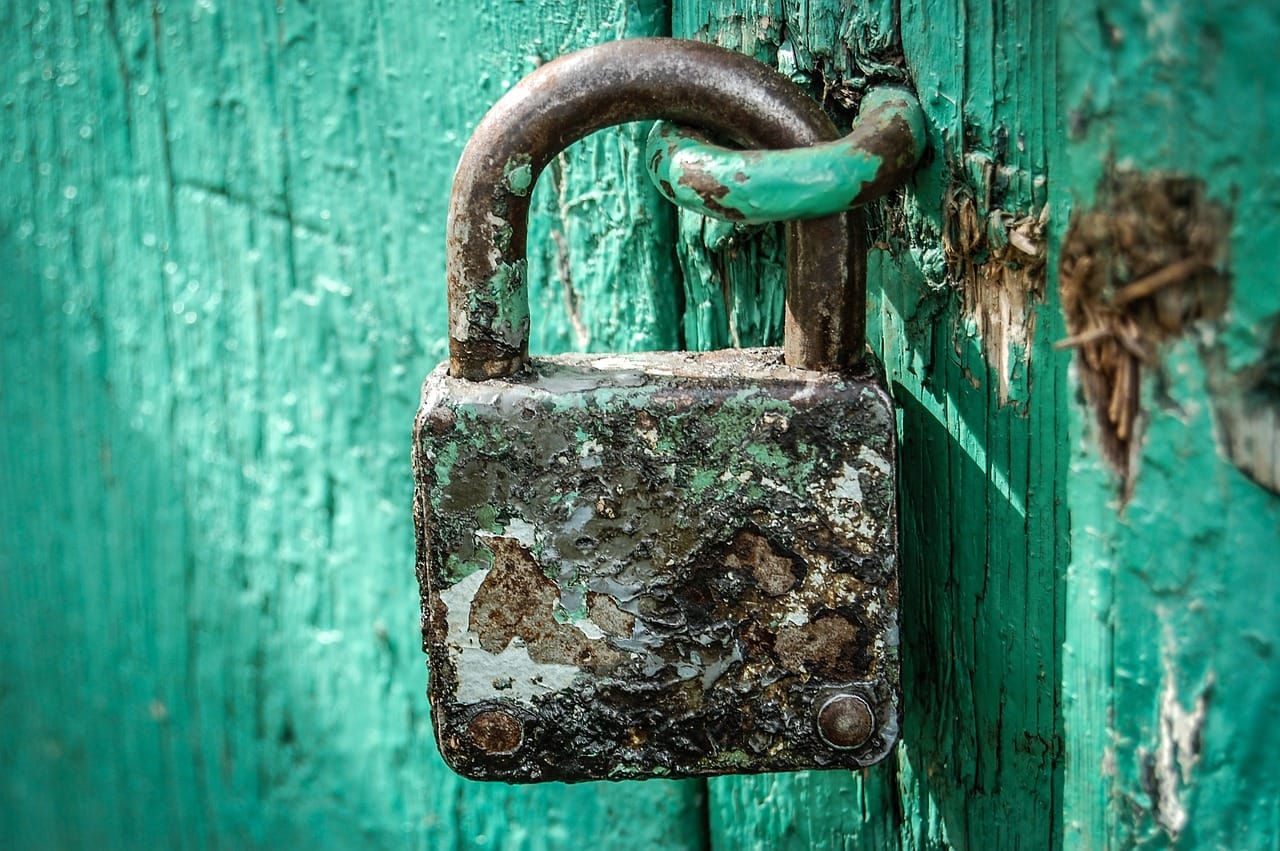Protecting Yourself in the Digital World

In today’s hyper-connected world, cybersecurity is no longer a luxury it’s a necessity. From personal data to sensitive business information, we are constantly sharing and storing data online. With this constant exchange of information comes a growing risk of cyber threats. But here's the good news: Cybersecurity awareness is one of the most effective tools in defending against these threats.
Why Cybersecurity Awareness Matters
The internet is a double-edged sword while it offers incredible opportunities, it also exposes us to an array of digital threats. Phishing, ransomware, identity theft, and data breaches are just a few of the dangers that lurk in the digital world.
While advanced security systems are critical, individual awareness plays a pivotal role in staying safe online. The best defense against cyber-attacks starts with understanding the threats and adopting simple practices that reduce the risk of falling victim to cybercrime.
Top Cybersecurity Threats to Be Aware Of
- Phishing Attacks
Phishing is one of the most common tactics used by cybercriminals. It involves sending fraudulent emails, messages, or websites that appear legitimate, tricking individuals into revealing sensitive information like passwords, credit card numbers, or login credentials. Always double-check email addresses and avoid clicking on suspicious links. - Ransomware
Ransomware is a type of malicious software that locks or encrypts your data, demanding payment for its release. This type of attack can cause serious disruption to businesses and individuals alike. Protect yourself by keeping your system and software updated and regularly backing up your data. - Password Breaches
Weak or reused passwords are an open door for hackers. With just one compromised password, cybercriminals can access multiple accounts. Use unique, strong passwords for each of your accounts, and enable two-factor authentication wherever possible to add an extra layer of security. - Social Engineering
Social engineering attacks manipulate individuals into divulging confidential information by exploiting human psychology. Be wary of unsolicited calls, emails, or messages, even if they seem to come from trusted sources. Always verify the identity of the person reaching out to you. - Public Wi-Fi Risks
While public Wi-Fi is convenient, it’s also a playground for cybercriminals. Avoid using public Wi-Fi networks for sensitive activities such as banking or shopping. If you must use public Wi-Fi, ensure you’re connected to a VPN (Virtual Private Network) to encrypt your internet traffic.
How to Stay Safe Online
- Educate Yourself
The first step to protecting yourself online is education. Understand the most common threats and how they work. Stay updated on new types of cyber-attacks and how to avoid them. Resources like blogs, webinars, and online courses can help you stay informed. - Use Strong Passwords
Avoid using easily guessable passwords like “123456” or “password.” Instead, use a combination of uppercase and lowercase letters, numbers, and special characters. Consider using a password manager to store and manage your passwords securely. - Be Cautious with Emails and Links
Never open attachments or click on links in unsolicited emails or messages. Always verify the sender’s email address, and be cautious of anything that seems too good to be true, such as unexpected prizes or offers. - Secure Your Devices
Ensure all your devices smartphones, tablets, laptops, and desktops are secure with strong passwords or biometric authentication. Enable auto-lock on your devices and install security software to detect threats like malware or viruses. - Enable Two-Factor Authentication
Two-factor authentication (2FA) provides an added layer of security. Even if a hacker gets hold of your password, they still need access to your second factor (usually a phone or authentication app) to log in. Always enable 2FA for critical accounts like your email, banking, and social media. - Be Aware of Your Digital Footprint
Everything you share online social media posts, reviews, photos contributes to your digital footprint. Be mindful of the information you share publicly, and adjust privacy settings to limit who can access your personal details. - Regularly Update Software and Systems
Outdated software is a prime target for cybercriminals. Ensure your operating system, applications, and security software are up to date with the latest patches and fixes. This simple step can prevent attackers from exploiting known vulnerabilities.
The Role of Businesses in Cybersecurity Awareness
While individuals must take responsibility for their own cybersecurity, businesses also play a crucial role. Businesses should invest in regular security training for employees, conduct routine security audits, and promote a culture of cyber awareness throughout the organization. By prioritizing cybersecurity, companies not only protect their sensitive data but also safeguard their customers and clients.
Final Thoughts: Your Digital Safety is in Your Hands
- Cybersecurity awareness is one of the most effective ways to protect yourself and your organization in the digital world. With cyber threats constantly evolving, staying informed and vigilant is essential. Simple steps like using strong passwords, being cautious online, and enabling two-factor authentication can make a world of difference in preventing attacks.
Remember, cybersecurity isn’t just about having the right tools it’s about adopting a proactive mindset and making safety a habit. Stay aware, stay protected, and keep your digital world safe!

